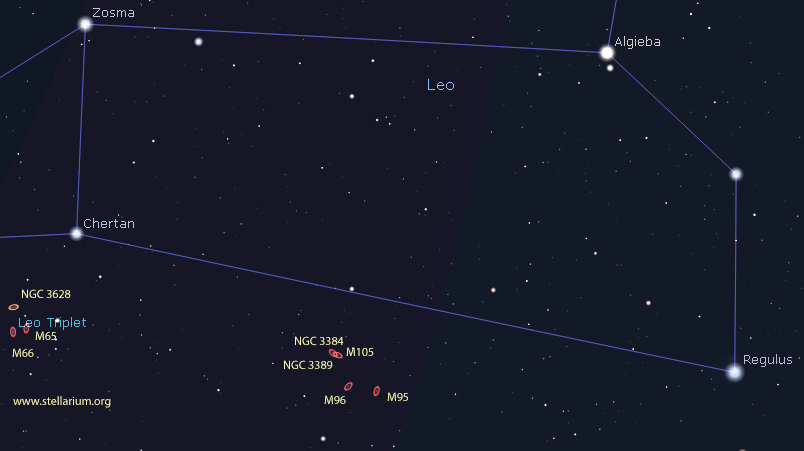Stargazing, A Way To De-stress
As we look for ways of coping with the uncertainties stemming from the COVID-19 crisis, we reach for distractions like listening to music or reading a good book. Nature has a way of helping reduce stress levels and anxiety with the companionship of an emotional support animal, listening to birds sing by day as well as a chorus of frogs and crickets at night. A starry sky is a place of serene beauty that must be experienced first-hand. For thousands of years before the introduction of the telescope in 1608, the night sky was entertainment as people followed the wandering planets, phases of the moon and the occasional meteor or display of northern lights.
Four planets are visible with the unaided eye starting with Venus seen high in the western sky shortly after sunset. A great digital moment will occur on April 3 as the planet meets the Pleiades Star Cluster (aka the seven sisters) with Venus becoming the eighth sister for that one night. To give you a perspective on distance, Venus will be five and a half light-minutes from us while the Pleiades are 450 light-years further. The next close conjunction of Venus and M45 will take place on April 3, 2028, and the same date in 2036. Follow the planet over the next few weeks with a telescope as Venus is now moving between the earth and sun, You will be rewarded by its ever-increasing disk size along with a thining phase. At the beginning of April, Venus will be 46% illuminated but shrinks down to a thin 10% on May 15.
The planets Jupiter, Saturn and Mars (west to east) are seen low in the southeastern sky starting around 4:30 a.m. with Sagittarius and the glorious Milky Way to the right. The moon teams up for digital moments on April 14, 15 and 16. Over the months they will rise a bit earlier each night and will reach opposition by the middle of July when they will be visible the entire night.

The constellation Leo is well placed high in the sky allowing good viewing and imaging of distant galaxies. The magnitude 10.4 dwarf galaxy known as Leo 1 will be a bit of a challenge as it is very close to the bright star Regulus that shines at magnitude 1.4. The Galaxy lies 79 light-years away and rotates 317 km/sec on its axis. Regulus measures five times the diameter and luminosity of 150 times that of our sun. Regulus is a multiple star system with very close companions
Move your scope about ten degrees east of Regulus until you come to a group of galaxies. M105, NGC 3384 and NGC 3389 group that glow at magnitude 9.2, 9.9 and 11.9 respectively and reside 37 million, 31 million and 63 million light-years away. Next, locate magnitude 3.3 Chertan at the base of the triangle the represents the hindquarters of the beast. About 2.5 degrees south is the Leo Triplet comprising of M65, M66 and NGC 3628. These spiral galaxies create a stunning view through the eyepiece of a telescope or long exposure images.
Comet C/2019 Y4 (Atlas) is promising to be a fantastic looking and possibly naked-eye object by the end of April and into May. It will be closest to the earth on May 23 and closest to the sun on May 31. However, as we all know comets can be very unpredictable. Let's hope Comet Atlas puts on a good show. More about the comet next month.
The annual Lyrid meteor peaks on the night April 21-22 with an hourly rate of about 15 meteors as seen from dark sky locations. This shower has been known in some years to produce outbursts of dozens of meteors per hour but most likely stay at the low level. The Lyrids are produced the dusty debris from Comet Thatcher that orbits the sun every 415 years with its last return back in the year 1861. The Full Pink Moon occurs on April 7 and the new moon (lunation 1204) occurs April 22.
Stay safe and remember, the night sky is a wonderful classroom.
Until next month, clear skies everyone.
